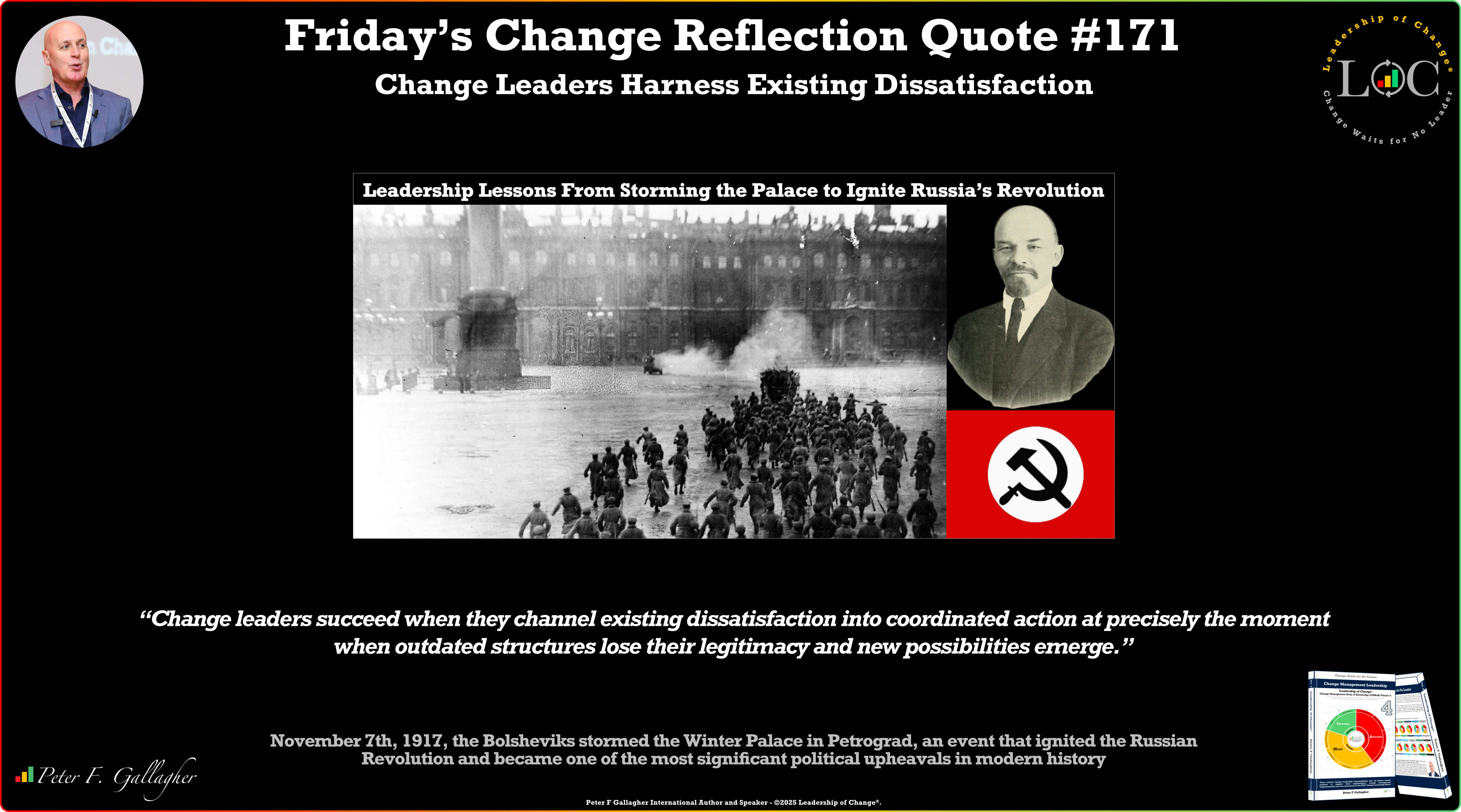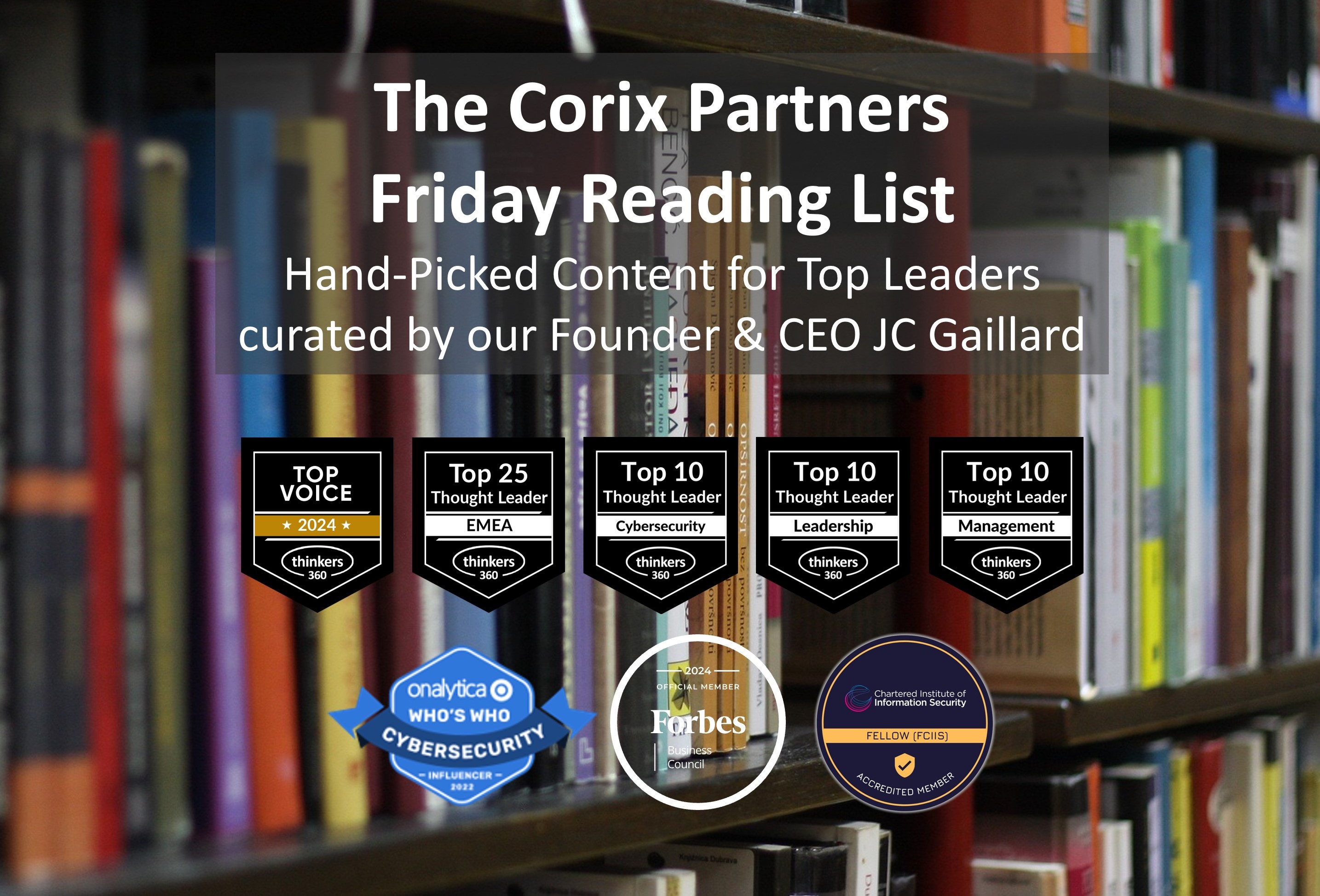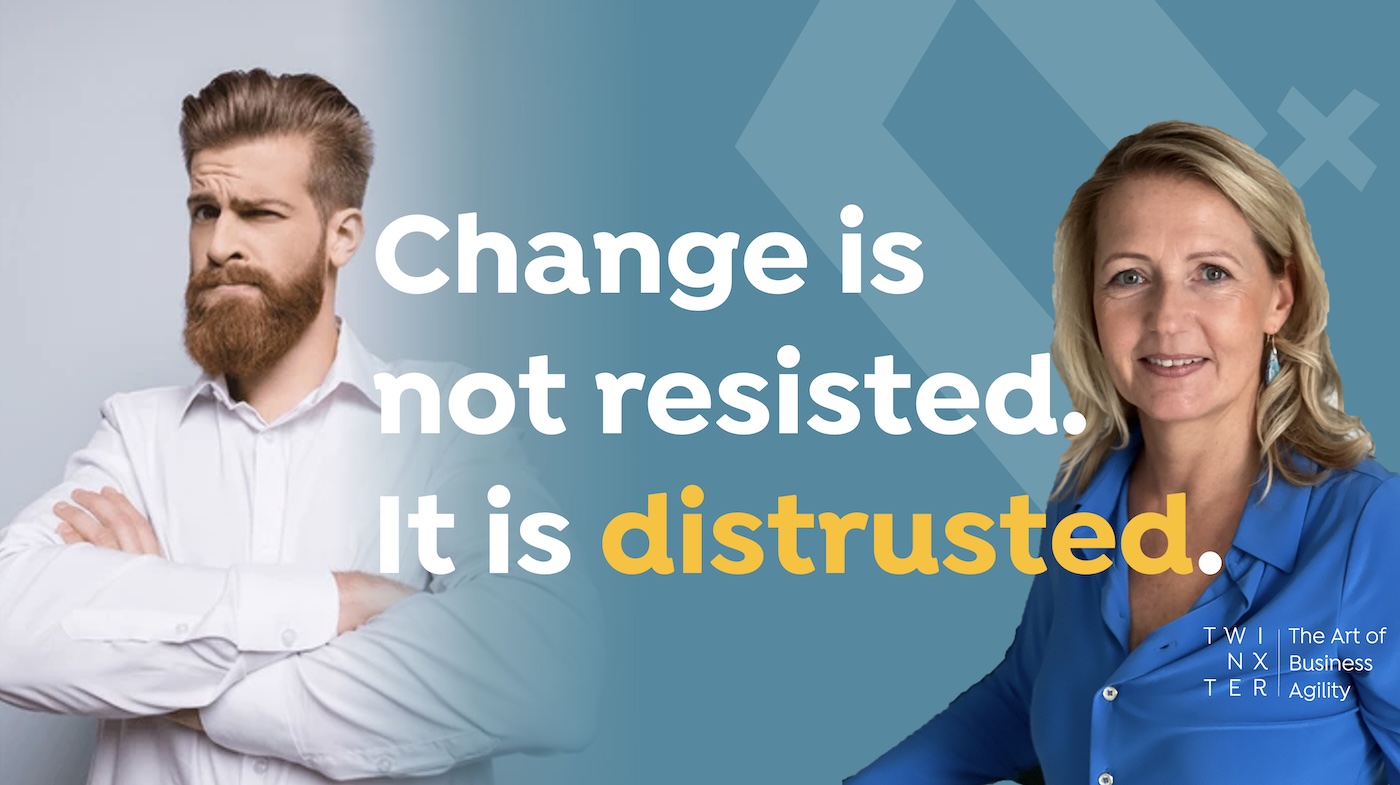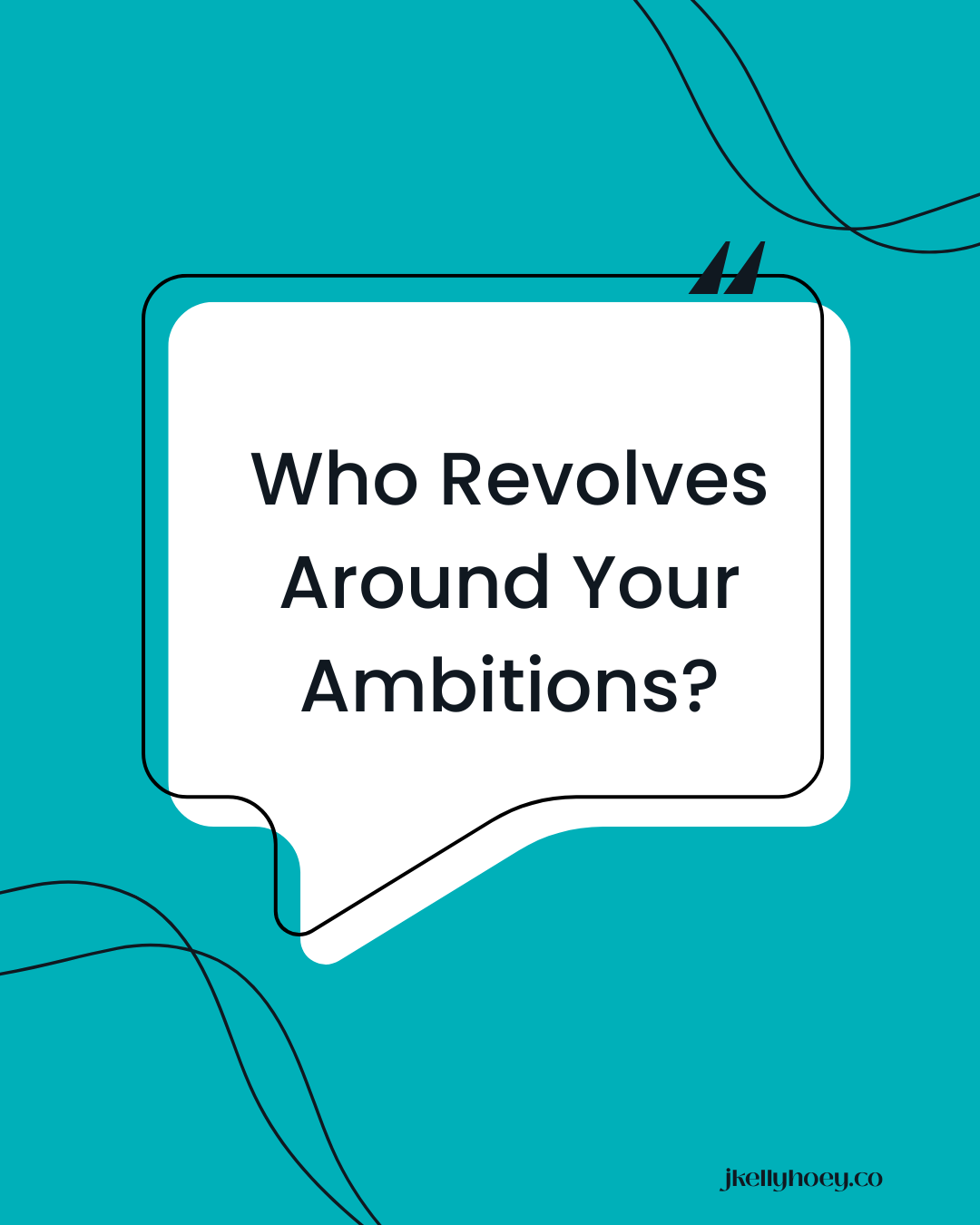May18

How Leading Companies Are Using AI Without Losing What Matters Most
Companies are adopting AI in recruitment to reduce friction, speed up processes, and identify top talent more efficiently. But as the tools get smarter, the best recruiters are asking better questions:
Let’s break it down.
Where AI Helps Most
AI already plays a valuable role across several recruiting functions:
Used well, these tools help recruiters focus more on relationships and less on repetitive tasks.
According to an MIT Sloan study, companies that use AI to support, not replace, human decision-making see higher employee satisfaction and better long-term hiring outcomes.
(Source: MIT Sloan Management Review)
Why Human Interaction Still Wins
The HR Brew article makes this clear: even as automation improves, candidates want real connection.
Bonnie Dilber, recruiter at Zapier, said it best:
“People want to feel like someone actually read their resume.”
That sentiment shows up in key areas:
Automation can’t replace the empathy, nuance, and intuition that experienced recruiters bring.
Examples of Balanced AI + Human Recruiting
Here are two examples from companies doing it well:
1. Unilever
They use AI-based games and assessments to evaluate applicants’ cognitive, emotional, and social traits.
But they pair this with video interviews that real recruiters review and discuss.
Result: 90% time saved in early-stage screening with higher quality final candidates.
2. Cisco
Their talent team uses predictive analytics to identify potential internal mobility candidates.
But career conversations and role-matching decisions are always handled by people.
Result: Greater internal mobility and employee satisfaction.
AI for Development, Not Just Hiring
AI’s role doesn’t end with recruitment.
Once employees are hired, companies like Degreed and 365Talents use AI to:
These systems improve retention by making career growth more visible and accessible.
74% of workers say they would stay longer at a company if they had better internal career options.
(Source: LinkedIn 2024 Workplace Learning Report)
What Leaders Should Watch Out For
The Bottom Line
AI is a powerful accelerator, not a replacement.
When used with intention, it frees recruiters to do what they do best—build relationships, assess fit, and help people find meaningful work.
The future of recruiting isn’t just smart.
It’s human + AI, working together.
Malcolm Gill is the Sales Director for Launch by NTT DATA.
By Malcolm Gill
Keywords: AI, HR, Recruiting
 Friday’s Change Reflection Quote - Leadership of Change - Change Leaders Harness Existing Dissatisfaction
Friday’s Change Reflection Quote - Leadership of Change - Change Leaders Harness Existing Dissatisfaction The Corix Partners Friday Reading List - November 7, 2025
The Corix Partners Friday Reading List - November 7, 2025 The Trust Deficit in Change Programmes
The Trust Deficit in Change Programmes Management of Portfolio complexity a key to Supply Chain responsiveness
Management of Portfolio complexity a key to Supply Chain responsiveness Who Revolves Around Your Ambitions? Time to Find Out.
Who Revolves Around Your Ambitions? Time to Find Out.